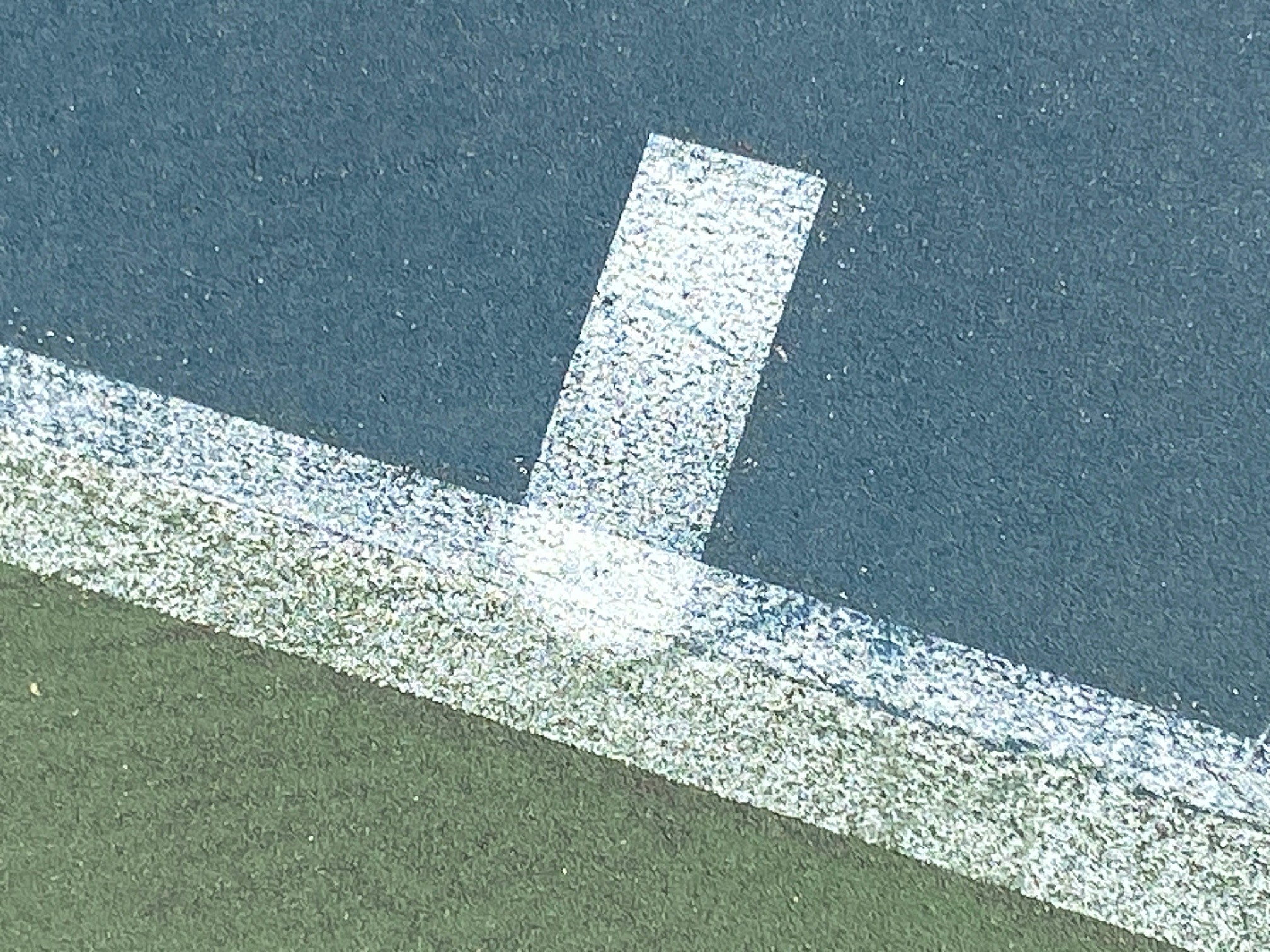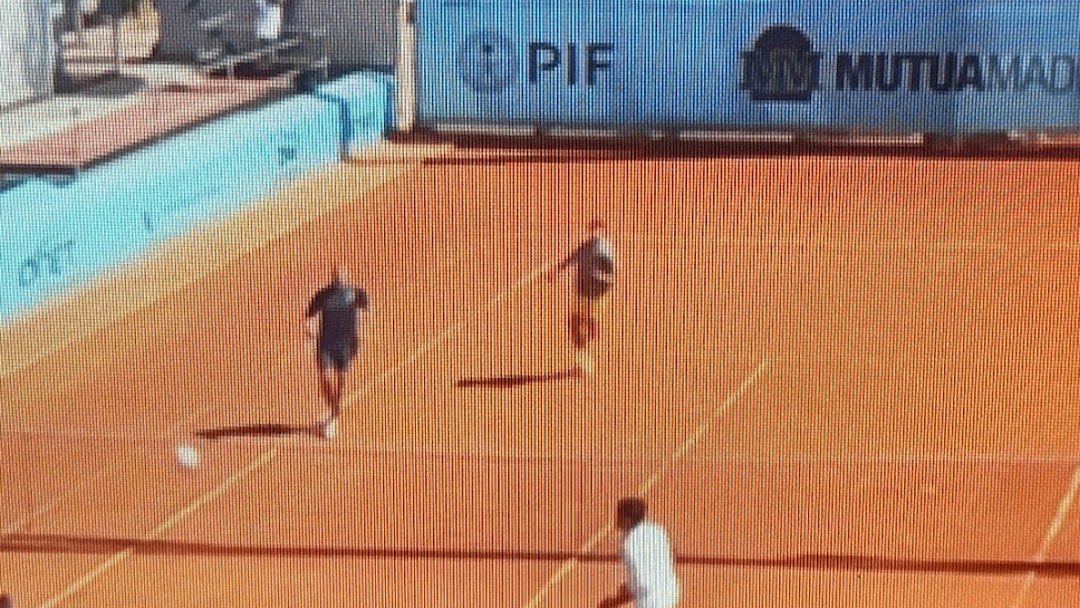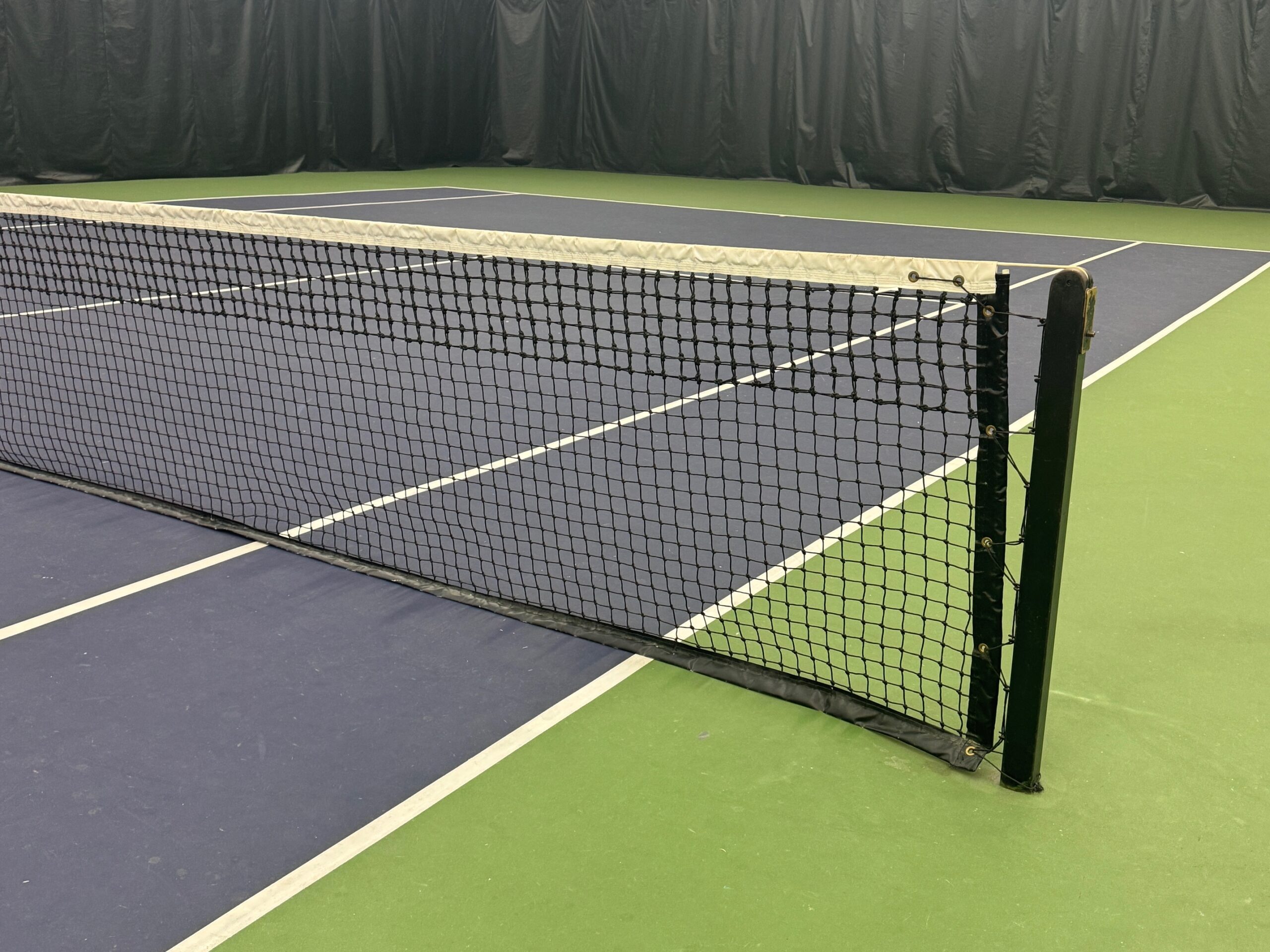Fiend at Court Unplugged
To the best of my recollection, I never encountered the term “treeing” back in the 70’s and 80’s when I was playing junior tennis. I was first exposed to the word and its meaning through the junior playing career of the Umpire I Gave Birth To. Consequently, I regarded the word as a distinctly modern term. “Treeing” in tennis occurs when a player rises above their normal skill level on a temporary basis. The most common usage of the term when I encounter it in the wild refers to a single shot. Treeing can also be exhibited for an extended duration spanning a few games or possibly even a set.
Per the modern etiquette of the game, a player that “trees” on a single shot is expected to signal some sort of apology to their opponent. For adults, this is frequently the “Sorry (Not Sorry)” hand that is also used for net cord winners. In junior tennis, the cool kids sometimes acknowledge a treed winner by placing the butt end of their racquet on the top of their head. That gesture can also be used derisively toward an opponent that just hit a winner. I experienced that context of usage on a fairly regular basis when playing with the Umpire I Gave Birth To.
Since I was working with the assumption that treeing was a modern concept in tennis, I was surprised and delighted to recently stumble across evidence of much earlier usage. A very detailed and nuanced explanation of the term is provided in Grace Lichtenstein’s “A Long Way Baby: Behind the Scenes in Women’s Pro Tennis.” Through that book I have learned that treeing was in the common vernacular of the women’s professional tennis circuit in 1973.
Additionally through Lichtenstein’s description, it is quite likely that I the term have emerged from “Levels of the Game” by John McPhee which was published in 1969. In that book, McPhee describes tennis mastery as tiers of performance. Put quite simply, a player at one level cannot defeat a player who plays at a higher level. That concept was repeatedly reinforced to Lichtenstein by fellow author Neil Amdur as Lichtenstein researched her book.
For her part, Lichtenstein describes the levels concept as “An inferior player could take a set from a better player, and sometimes a match, by raising her game to her opponent’s level for sustained periods, even when all the statistics proved on paper that it couldn’t happen.” When that occurred, the women players on the professional tour in 1973 simply referred to it as “playing out of your tree.” The tree is a metaphor for the elevated level of play.
Lichtenstein’s book may be the first literary record of the usage of the term. I spent a nominal amount of time trying to locate earlier references. Those efforts turned up random amateur blog posts and tennis discussion forum conversations. None of those sources traced the term back as early as A Long Way Baby.
The first person that can point me at a verified earlier usage of tennis treeing in print or archival video will receive a Fiend at Court T-shirt and my eternal gratitude.




Played junior tennis in the 70s and early 80s in Southern California, Arizona Texas and New Mexico. It was a common term used when playing in a zone. “You we’re treeing today.” Man, I treed in that match or I was treeing.
Great reference! FWIW, term “treeing” was commonly used around NorCal juniors in 80’s. Unfortunately my own periods of treeing were far more often exceeded by falling entirely and “trunking”
I heard this playing junior tennis in the 1970’s but I could never figure out if it was “treed” (past tense) or “treat.” Thanks for clearing it up!